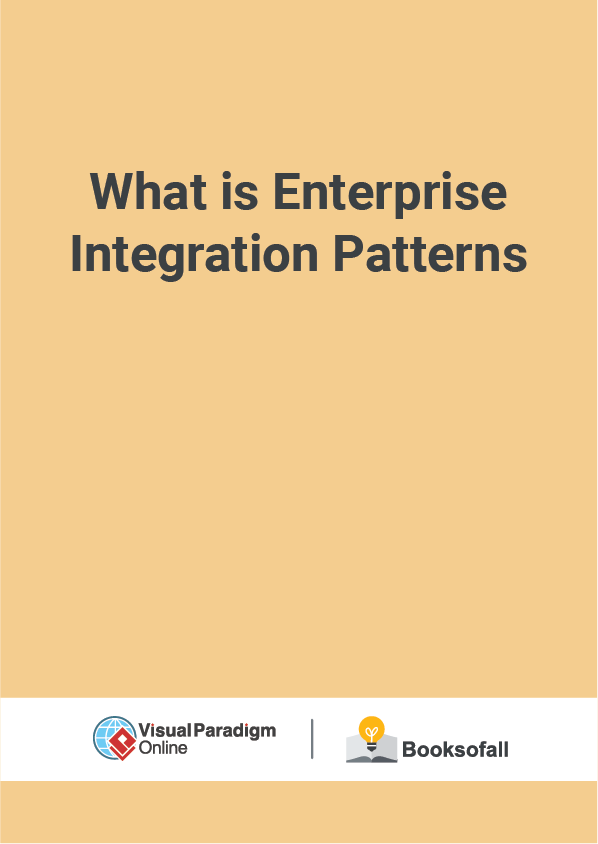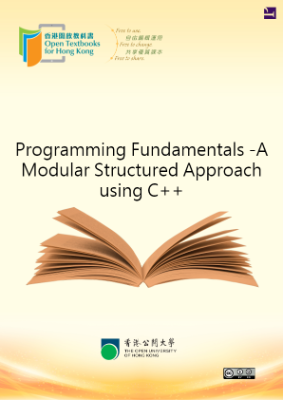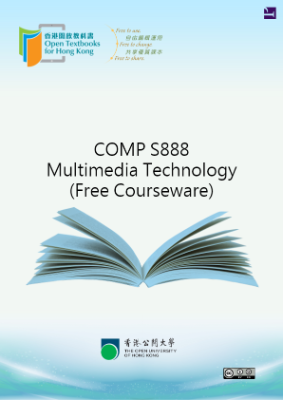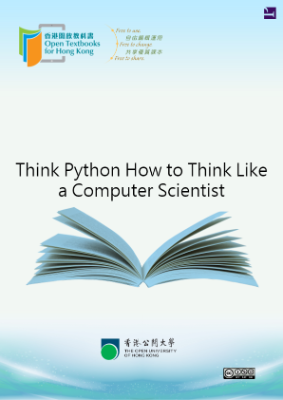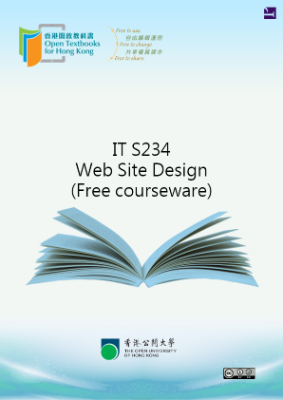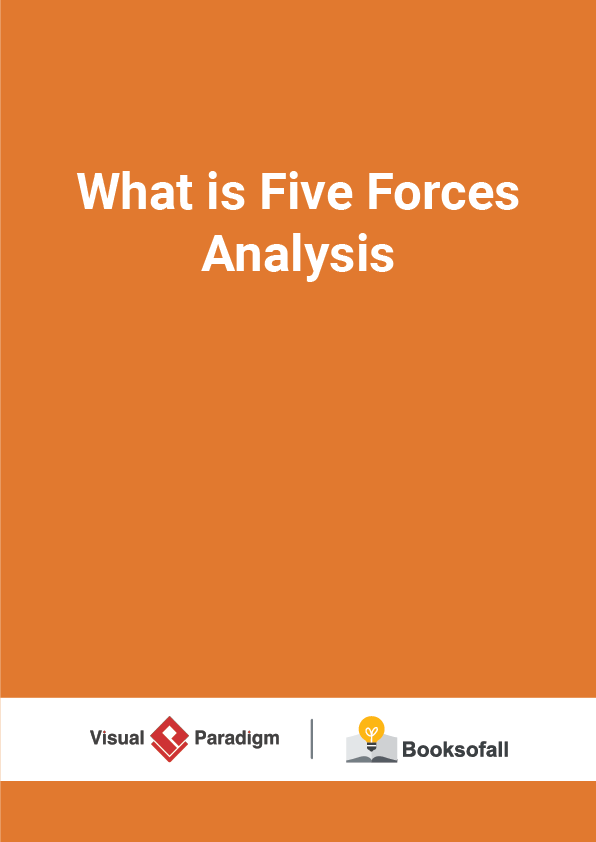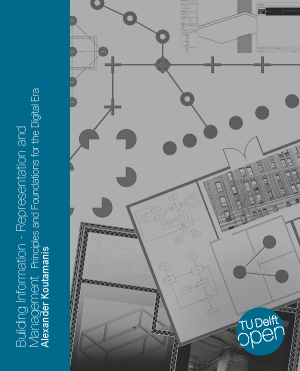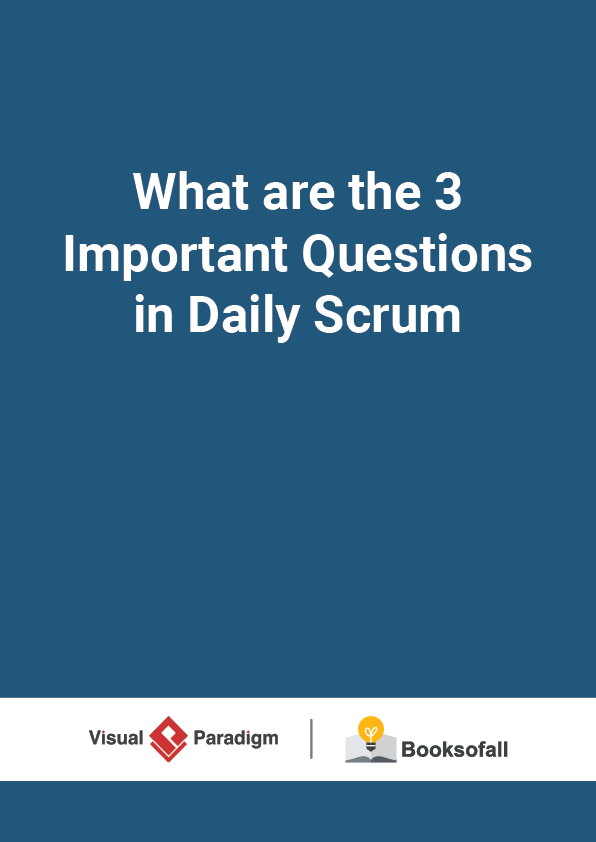What is Enterprise Integration Patterns?
5-7 minutes
Enterprise integration patterns (EIP) is a catalog of design patterns for developing systems to integrate new and existing software in a business environment which is a book by Gregor Hohpe and Bobby Woolf. It describes 65 patterns structured into 9 categories for the use of enterprise application integration and message-oriented middleware in the form of patterns and includes an icon-based pattern language sometimes called Gregor Grams.
Notation of Enterprise Integration Patterns
Message Routing
Aggregator
How do we combine the results of individual, but related messages so that they can be processed as a whole?
Composed Message Processor
How can you maintain the overall message flow when processing a message consisting of multiple elements, each of which may require different processing?
Content-Based Router
How do we handle a situation where the implementation of a single logical function (e.g., inventory check) is spread across multiple physical systems?
Dynamic Router
How can you avoid the dependency of the router on all possible destinations while maintaining its efficiency?
Message Broker
How can you decouple the destination of a message from the sender and maintain central control over the flow of messages?
Message Filter
How can a component avoid receiving uninteresting messages?
Process Manager
How do we route a message through multiple processing steps when the required steps may not be known at design-time and may not be sequential?
Recipient List
How do we route a message to a list of (static or dynamically) specified recipients?
Resequencer
How can we get a stream of related but out-of-sequence messages back into the correct order?
Routing Slip
How do we route a message consecutively through a series of processing steps when the sequence of steps is not known at design-time and may vary for each message? Splitter How can we process a message if it contains multiple elements, each of which may have to be processed differently?
